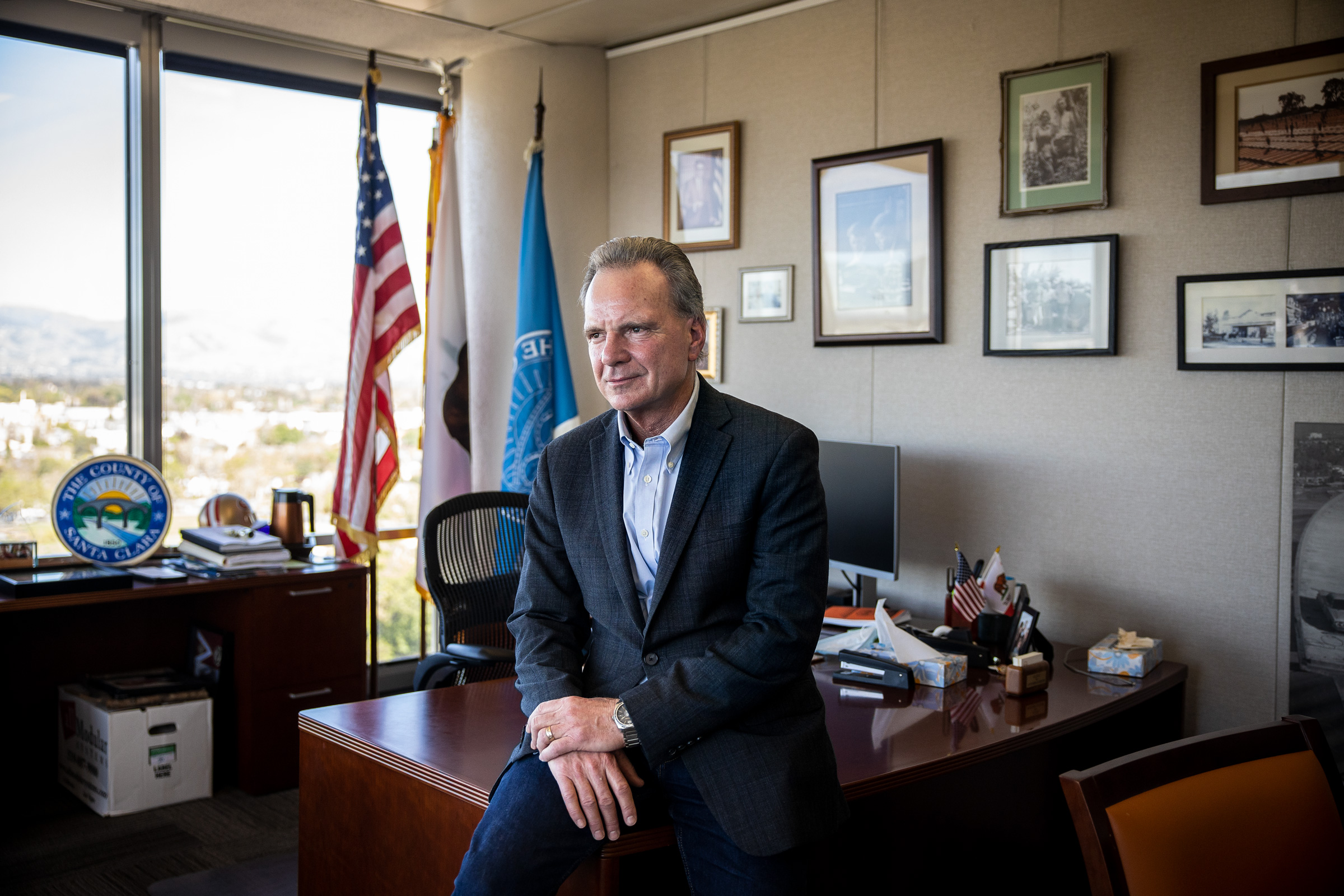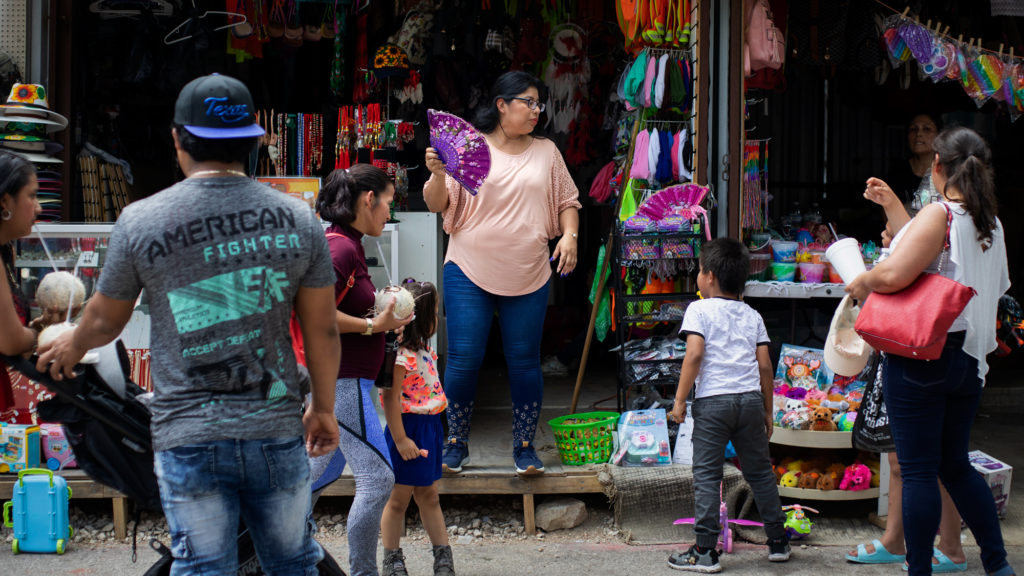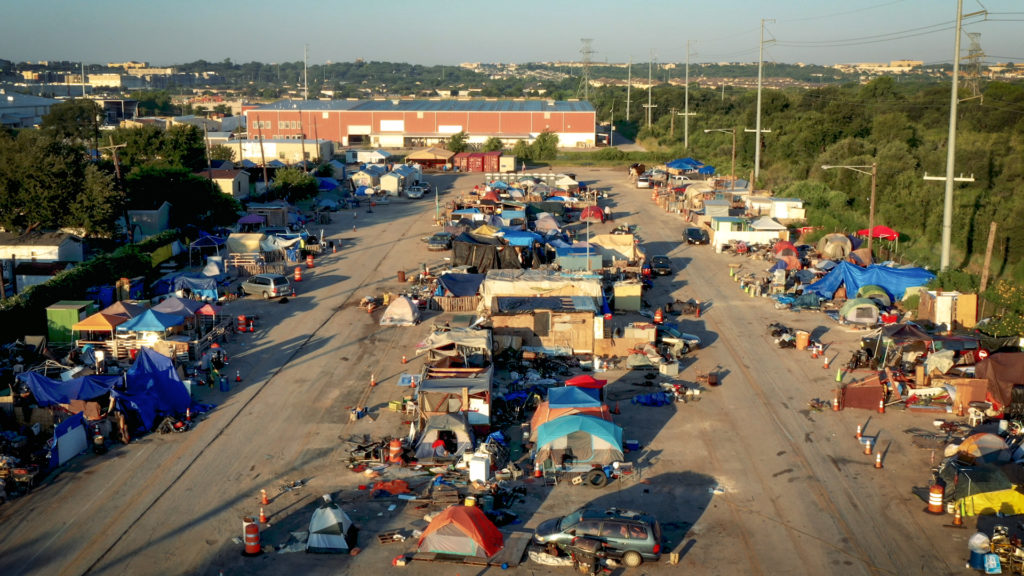Tuesday, Santa Clara County’s Board of Supervisors approved the appropriation of funds for a pilot program to give 72 transition-age foster youth (ages 21 – 24) $1000 per month for a one year period — the first initiative of its kind in the country. Proposed by County Supervisor Dave Cortese in late 2019, the program joins a growing list of universal basic income pilot programs underway in California. In this conversation, we explore the origins of the pilot with Cortese, how to measure its effectiveness, and what it would take to expand the program more broadly in Santa Clara County and beyond.
[The following has been edited for clarity and brevity.]
Social Care Stories: Can you tell me a little bit about where the idea for this program came from?
Dave Cortese: There’s a gentleman who I’ve known professionally and who’s done some work for the county fashioning messaging for us around homelessness.
One day he said, “Hey, would you do me a favor? Next time you’re in San Francisco, there’s a woman named Gisele Huff. I think you should talk to her.”
So I was up there for some transportation commission meetings and I had lunch with Gisele. She explained that she had lost her son recently and that her son was a big proponent of Universal Basic Income (UBI). He was a tech professional and UBI was his passion. So when he died, Gisele decided to create a foundation that would advance his cause.
At lunch, she explained all of this to me and she said, “Do you think there’s any possibility that you could advance UBI?”
I hadn’t studied it that closely, but it made sense to me that the underlying ideology is that by being overly prescriptive with safety net benefits that we essentially are applying constraints on people. Whether we want to acknowledge it or not, we’re causing them to adjust their behaviors to chase the money and telling them “we know what you need.”
So I said, “I don’t think this advances in our county, as progressive as it is, without some kind of a pilot. Let’s do a pilot in a demographic where we already have a lot of baseline data and where we already know without really any controversy or dispute that the demographic is in need and where a new approach is warranted.”
SCS: So that’s where the idea to focus on transition-age foster youth came in?
DC: As a former educator, Gisele knew that we have about a 50 percent high school graduation rate for foster youth. In terms of homelessness, foster youth are off the charts.
Gisele asked me, “If you try it and I support it, will you give me your word that the pilot is just the beginning? Because I’m here for the long haul, for universal UBI. If you’re just going to set up a program that’s forever and a day restricted to that foster youth, then I don’t want to be part of it. But if this is a bona fide pilot, whereby the mission is to see if there’s something that works that can be expanded at some point, then I’m all in.”
So I said, “You’re all in, because I’m happy to push it that way.”
SCS: One big issue here is the affordability question that transition-age foster youth are facing along with everyone else. Is that one of the primary focuses of the program?
DC: Yeah. One of the biggest challenges we face here is that we have a declared housing emergency here in Santa Clara County and we have a declared homelessness emergency.
But to answer more directly your question, the biggest cost-of-living obstacle here is housing. There are a couple of small agencies that try to subsidize transitional age youth housing opportunities, but it’s not really a dependable way to support the youth, as altruistic as it is and as noble as it is, and it’s not at all universal.
UBI for transitional-age foster youth is at least universal in that cohort, right? It’s just basically saying: if you’re 21 to 24, you’re eligible. They’ll have to fill out some sort of intake form just so they have some baseline information. But that’s it. There’s no strings attached.
We think it’s all gonna go to cost-of-living here, but at least in the spirit of UBI, we know that there’ll be some 21 to 24-year-olds who already have good housing situations and would rather use their thousand dollars for food or books or who knows what?
I mean, frankly, they could use it to save up money for their own business if they want, because we’re not telling them they can’t. And then there are others who are just gonna be grateful that it’s gonna save them from being evicted over the next year because they’re paying their full rent themselves and they’re working two jobs.
As a lot of people say these days, “They need to figure it out.” Part of life, as we all know, is empowerment, and part of growth is figuring things out. So this isn’t a rescue operation or, you know, some kind of government codependency. This is an opportunity to take your stake and see what you can do with it, basically.
SCS: In terms of the costs of the program, is the idea that this would become a permanent line item on the county’s budget or are you anticipating that the cost would be offset in the long term by not having to provide other services?
DC: Do you know the old TV commercial “pay now or pay later?” I mean, the fact of the matter is that we are the fiduciary for this population. We are the surrogate parents for this population. Even when they emancipate, we don’t ever really abandon this population because they will reappear in some form or recidivism in our system.
Every study that we’ve ever done, including homelessness studies, shows us that it can cost the county $75,000 to $85,000 a year per person. So, $1,000 a month is a bargain compared to that if it helps keep people out of those systems where they’re overrepresented currently.
So, you’re taking back the costs, front-loading them, and you give them the money now instead of giving them the money in the form of a homeless shelter or a prison guard later.
There’s also another good reason to do it that way. I mean, you can put $1,000 worth of tutoring or benefits or bus passes together and you’re really not delivering net $1,000 because you end up paying somebody else’s overhead.
There’s not a lot of overhead involved with this other than keeping the lights switches on here long enough to write the checks, you know?
For a county with an $8 billion budget, this is a $900,000 program. Is that real money? Yes. But, one way or the other, it’s not going to bankrupt the county. So, it’s a worthwhile experiment in that regard.
SCS: In considering moving from a pilot program to a broader program, are there any specific indicators that you’re looking for that will help you and others make that determination?
DC: I do think educational indicators will be important.
I mean, at age 21, how many will have been operating with no degree? How many are out there with their GED and how many already have a diploma? If you don’t have to go to work for that other $1,000 at a second job, or if you just aren’t preoccupied with your own poverty, maybe you can focus on getting your GED at the age of 21 or 22.
I think mental health is one of those areas as well. I don’t know how to measure that.. But if our staff is telling us that we’re seeing a significant reduction in mental health needs, I think it’ll mean a lot to people.
And some might argue the opposite. Some might say, yeah, you’re gonna give $1,000 a month and there’s nowhere to go but up. So, what does it really prove?
Well, there’s nowhere to go but up, but we haven’t been going up. A thousand dollars a month is a low investment for this population if you can move the needle at all.
SCS: What kind of pushback has there been to the proposal?
DC: I think you get pushback on social media these days no matter what you do. You know, that’s about the only place you see any pushback to this.
Maybe we did well by choosing a sympathetic population to start with. That wasn’t the reason, although it was certainly in the back of our minds, and it’s only prudent to look at trying to eliminate things like pushback if we can.
People want to help each other right now. It’s a good time for this, you know? There’s a generous spirit out there, at least for now.
One of the blessings of this job over the last few weeks has been to see what it looks like when 2 million people just in my jurisdiction all get generous at the same time. It’s a pretty amazing thing to see.
So I don’t think anyone will seriously criticize this.
SCS: What happens next?
DC: They want to roll the program out in June, so that’s right around the corner, and with a little bit of good fortune here, these young people will start receiving $1,000 a month.
So, it’s kind of our own stimulus program, except it’s not a one-off. It’s every month.
It’s a pilot, and I’m being honest about that. If it doesn’t work, I’ll have to agree to pull the rug out from under it. But I think that it’s going to work. I think it’s got an extraordinarily high probability of success.
And if it is working, there’s no elected official in this town who’s going to make a motion to kill the program after one year with 21, 22, 23, 24-year-olds standing the podium, saying, “Please don’t take my $1,000 away. I’m finally back in school. I’m finally paying my rent. I’m finally able to eat.” So the combination of success in the public testimony and validation on that success later, I think it will cement this program in.
In my particular case, we’ll see where I end up. I’m either going to end up back in the private sector after over two decades mostly in public service or I’m running for state Senate. And if I end up in the state Senate, you can count on the fact that I’m going to try to expand this.



